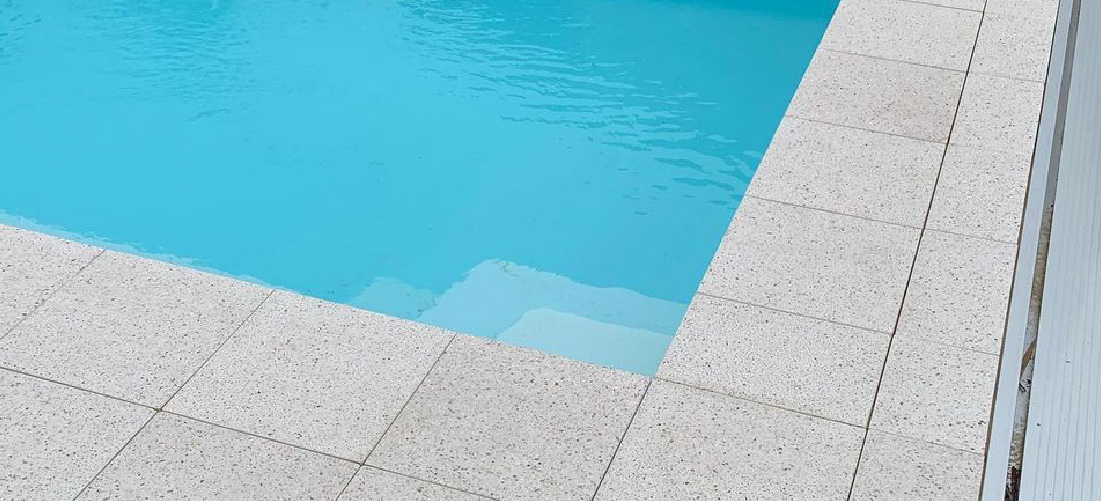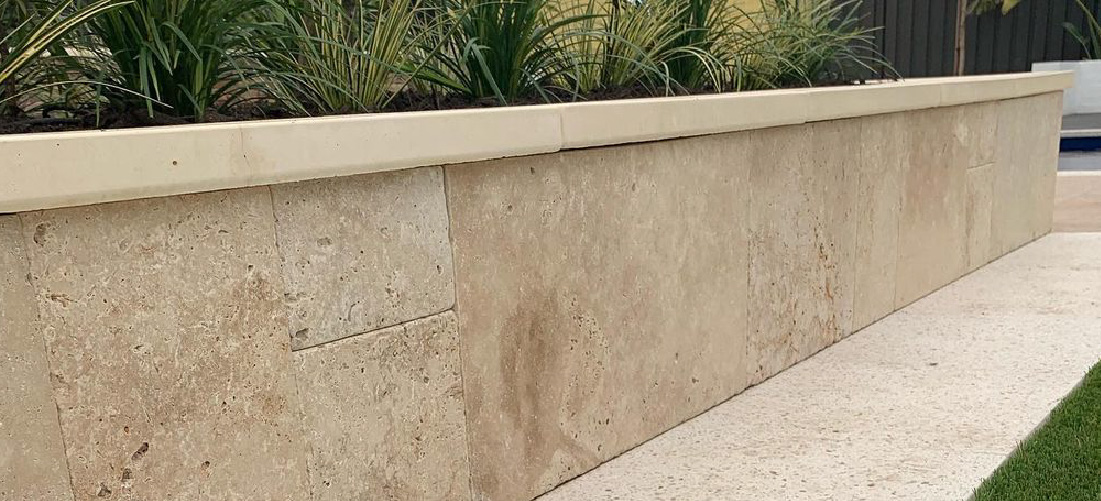
How Weather Affects Your Pavers
Pavers are a wonderful addition to any home or business, adding a touch of elegance and functionality to outdoor spaces. However, these durable and versatile materials aren’t invulnerable. The relentless forces of nature can take a toll, showing that our well-laid pavers are only as resilient as the care we provide them. From a scorching summer sun to a frostbitten winter, the elements are unavoidable, but our response to them is within our control. In this extensive guide, we’ll explore how different weather phenomena can impact your pavers, effective strategies to mitigate their effects, and long-term maintenance techniques that every paver owner should know. Whether you’re a DIY enthusiast or a seasoned landscaping professional, weather-aware paver care is crucial for the longevity and aesthetics of your outdoor spaces.
Weather Conditions and Effects
Weather can be an ally or a foe to your pavers. Understanding the correlation can help you predict and arrest issues before they become a problem. Here’s a look at the impact various weather conditions can have on pavers.
Rain
Prolonged periods of intense rain can lead to puddling and inadequate drainage around your pavers. This water can lead to erosion of the sand that supports the pavers, causing them to shift and become uneven. The trapped moisture also invites weed growth in the joints, creating an unsightly mess and further destabilising the structure.
- Preventive Tactics: Ensuring pavers are installed with a slight slope away from buildings, and using devices to direct water away such as French drains.
- Reactive Approaches: Regular maintenance to keep drainage systems clear and sealing as necessary to prevent sand erosion.
Sun
The UV rays in sunlight can cause the colours of concrete pavers to fade over time, particularly if they are of a lesser quality or were improperly cured.
- Preventive Tactics: Investing in high-quality, UV-resistant pavers, or shading pavers in the sunniest areas where possible.
- Reactive Approaches: Dye or sealant application to restore colour, or if severe, consider replacing the affected pavers with more durable materials.
Frost
In colder climates, the freeze-thaw cycle can be a serious threat. Water gets into the pores of the pavers, freezes, expands, and can cause the pavers to lift or crack.
- Preventive Tactics: Ensure proper compaction and joint sand installation to allow for drainage, and consider de-icing agents in the winter to avoid slip hazards.
- Reactive Approaches: Immediate repair of any cracking or heaving to prevent the issue from spreading or becoming a trip hazard.
Snow
Snow can add considerable weight to your pavers, especially when it turns to ice. This pressure can cause cracking or shifting, particularly in areas where heavy equipment may inadvertently be driven over them.
- Preventive Tactics: Regular snow removal and the use of plastic shovels to prevent damage to the pavers.
- Reactive Approaches: Immediate action to remove snow to prevent ice formation and regular inspections for potential damage.

Protective Measures
Understanding the risks that weather poses to your pavers empowers you to take proactive measures. Consider these protective actions to ensure your pavers withstand the test of time.
Sealing Pavers
Sealants can act as a protective barrier against the elements, particularly water, and UV damage. Regularly sealing your pavers can help maintain their structural integrity and aesthetic appeal.
- Type of Sealant: There are various sealant options available, from solvent-based sealers to water-based sealers. Each has its own set of advantages and application requirements, so consult with a professional to choose the best product for your pavers.
Proper Drainage Solutions
Ensuring that your paver installation includes adequate drainage is key to preventing many weather-related problems. A poor or failing drainage system can lead to standing water, erosion, and even structural issues.
- Installations: Consider permeable pavers that allow water to seep through, or integrate well-designed drainage systems like catch basins and permeable layers into your landscaping plan.
Shading and Covering Options
Natural or artificial shading solutions can significantly reduce the impact of the sun on your pavers, maintaining their vibrancy and the integrity of any stain or colour treatment.
- Pergolas and Awnings: Install overhead structures to provide shade and also add aesthetic value to your outdoor space.
- Temporary Covers: Use temporary solutions such as umbrellas during the summer to provide sun relief.
Maintenance Tips
Even with the most robust protective systems in place, regular maintenance is vital in weather-proofing your pavers.
Regular Cleaning
Regular cleaning not only keeps your pavers looking their best, but it also prevents the buildup of chemical and organic materials that can degrade the surface and cause staining.
- Sweeping: Regularly sweep your pavers to remove debris that could cause staining or inhibit drainage.
- Power Washing: Use a power washer and appropriate cleaners to keep pavers clean, but be cautious as excessive pressure can damage the pavers or force water beneath them.

Repairs and Replacements
Pavers are meant to be a permanent installation, but they are not completely infallible. Repairing or replacing damaged pavers quickly is essential to maintaining the integrity of the entire system.
- Crack Filling: Use a high-grade crack filler that’s compatible with your paver material.
- Replacement: For severe damage, use similar pavers to replace the damaged sections.
Seasonal Inspections
Conducting regular seasonal inspections can help you identify weather-related issues early, preventing costly repairs.
- Loose or Uneven Pavers: Regularly inspect for pavers that may have shifted or become uneven, as this can be indicative of underlying issues with drainage or sub-base stability.
- Weed Growth: Inspect joint spaces for signs of weed growth or sand loss, and address promptly to prevent further damage.
Conclusion
Your pavers are a considerable investment in the appeal and functionality of your outdoor space. By understanding how different weather conditions can affect them and taking appropriate actions to protect and maintain their condition, you can ensure that your pavers remain an enduring part of your landscape. Remember, a little effort goes a long way when it comes to paver care. Paying attention to weather forecasts and taking timely action after severe weather can make all the difference. Equip yourself with the knowledge and resources to combat the effects of weather, and you’ll be rewarded with an outdoor area that not only withstands the test of time but also looks its very best year-round.






